Composting is a remarkable way to contribute to sustainability and soil health, transforming kitchen waste into nutrient-rich material for your garden. Coffee grounds, the residue remaining after brewing coffee, have become a popular composting ingredient thanks to their widespread availability and nutrient profile. This post will delve into the fascinating world of composting with coffee grounds. It will explore the hows and whys, provide practical tips for sourcing and using these grounds, and help troubleshoot common composting issues.
The Basics Of Composting
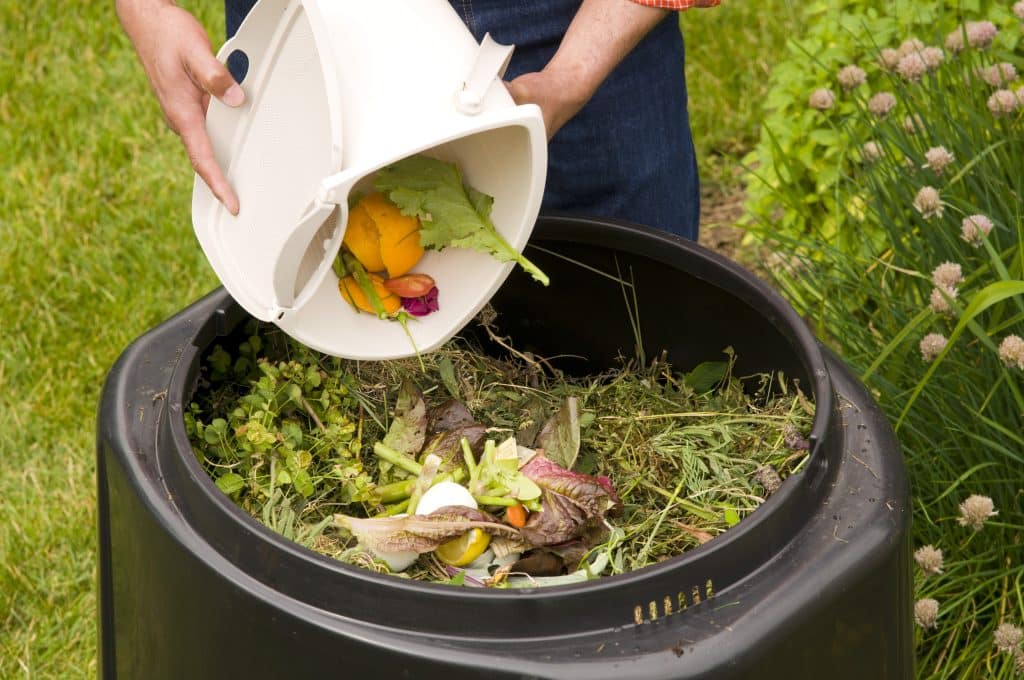
Composting is a natural process that transforms organic materials like food scraps and yard waste into a rich, dark substance called compost. This nutrient-dense substance is ideal for enriching garden soil and promoting plant growth. Composting not only helps reduce the amount of waste sent to the landfill but also enhances the soil’s fertility, structure, and water-holding capacity. The magic of composting lies in the work of microorganisms that break down the organic materials, releasing nutrients that plants can absorb.
Different materials can contribute to a successful compost pile. Green materials, which are high in nitrogen, include fruit and vegetable scraps, grass clippings, and coffee grounds. Brown materials, on the other hand, are rich in carbon and include dried leaves, straw, and newspaper. The key to successful composting is maintaining a good balance between green and brown materials, ensuring a nutritious and well-structured compost pile.
Why Compost With Coffee Grounds?
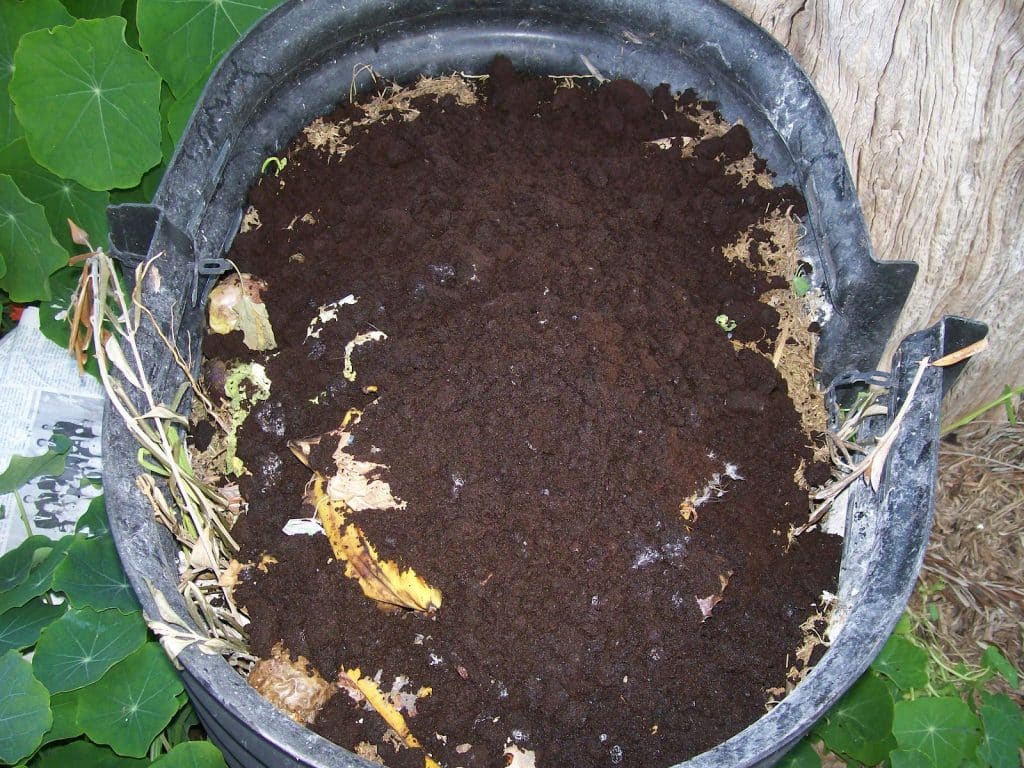
Composting with coffee grounds offers several benefits. First and foremost, coffee grounds are abundant and often discarded, making them an excellent resource to utilize in the interest of reducing waste. With over 2 billion cups of coffee consumed globally each day, there’s a significant potential to divert coffee grounds from landfills and put them to good use.
Secondly, the richness of coffee grounds in nitrogen and other nutrients makes them an excellent addition to the compost pile. They can help enrich the compost and, by extension, the soil, supporting healthier, more vigorous plant growth. In addition, coffee grounds’ physical properties can improve soil structure, enhancing aeration, drainage, and water retention. With these benefits, it’s no surprise that more and more gardeners are integrating coffee grounds into their composting routines.
Sourcing Coffee Grounds
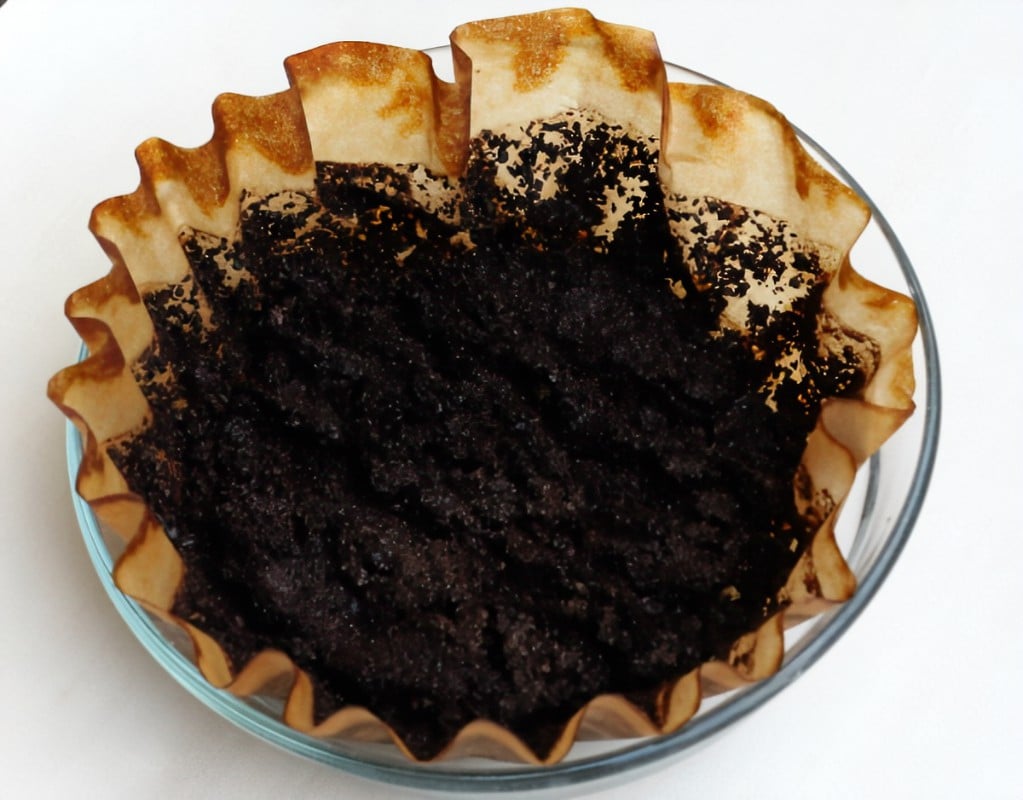
Finding coffee grounds for composting is surprisingly easy. If you’re a regular coffee drinker, you’ll produce a significant amount of coffee grounds at home. Simply collect your coffee grounds after brewing and let them cool before adding them to your compost pile. Storing them in an airtight container will prevent mold growth if you’re not adding them to the compost immediately.
However, if you don’t consume coffee regularly or need a larger amount of coffee grounds, local businesses can be an excellent source. Many cafes and coffee shops generate large volumes of coffee grounds daily and are often more than willing to give them away for free. Some establishments even have programs in place for customers to pick up used coffee grounds. Just be sure to call ahead or ask about their policies regarding coffee ground collection.
How To Compost With Coffee Grounds – Getting Started
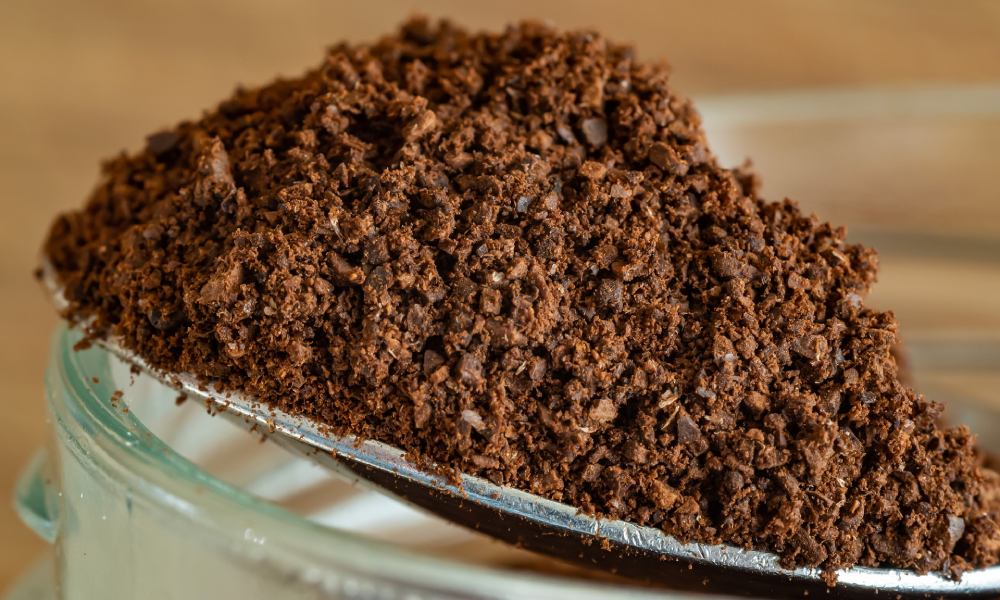
Incorporating coffee grounds into your compost pile or bin is straightforward. First, start with a good base of brown materials like dried leaves or shredded newspaper. This forms a bedding layer and helps ensure proper aeration at the bottom of the compost pile. Then, you can begin adding your coffee grounds along with other green materials like fruit and vegetable scraps.
As a rule of thumb, coffee grounds should make up no more than 20% of the total compost pile. Too many coffee grounds can create a dense, compacted mass that impedes airflow and slows down the composting process. So, be sure to balance them with a good mix of brown materials and other green materials. Turning your compost pile regularly will help to distribute the coffee grounds evenly and speed up the decomposition process.
Balancing Your Compost Pile

One of the key aspects of successful composting is maintaining a good balance between green and brown materials. Green materials, like coffee grounds, are rich in nitrogen, while brown materials are high in carbon. A good compost pile typically has a carbon-to-nitrogen ratio of about 30:1.
If your compost pile becomes too dense or starts to emit a foul odor, it might mean that there are too many coffee grounds (green materials) and not enough brown materials. In this case, add more brown materials like dried leaves, straw, or cardboard. Remember, coffee grounds should only make up a fraction of your compost pile. Properly balancing your materials will result in a healthier, faster-decomposing compost pile.
Troubleshooting Common Issues
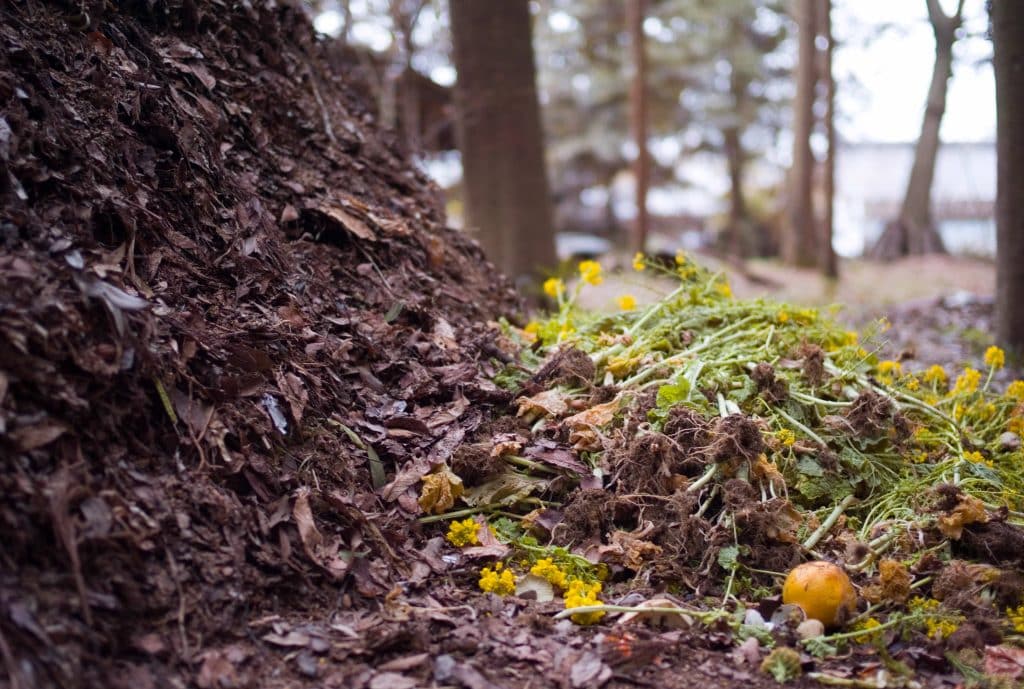
Composting with coffee grounds is generally simple, but like all composting practices, it can occasionally come with challenges. If your compost pile smells unpleasant, it’s often a sign of inadequate aeration or an imbalance between green and brown materials. To fix this, try turning your compost more frequently or adding more brown materials.
On the other hand, if your compost pile isn’t heating up or decomposing as it should, it may be too dry or lack nitrogen-rich green materials. Consider adding more coffee grounds or other green materials, and ensure the pile is kept moist but not waterlogged. Remember, a successful compost pile is a delicate ecosystem that requires a good balance of materials, regular turning, and the proper moisture and temperature conditions.
Using Your Coffee Compost
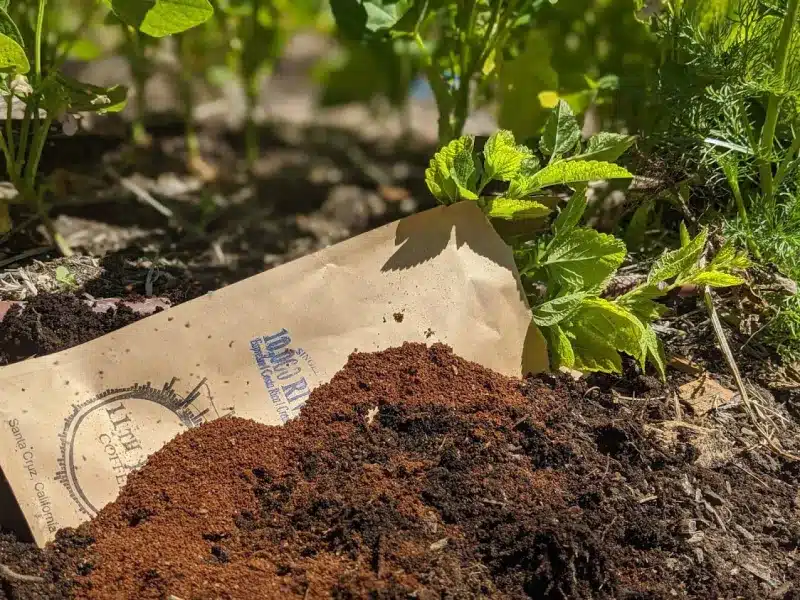
Knowing when your coffee compost is ready for use is crucial. Finished compost usually takes anywhere from 2 to 6 months to produce, depending on the materials used and the composting conditions. The compost should be dark, crumbly, and have an earthy smell – this is a sign that it’s ready to nourish your plants.
There are several ways to use your finished coffee compost. You can mix it into garden soil or potting mix to enhance fertility, structure, and moisture retention. It’s also excellent for mulching around plants to conserve moisture and suppress weeds. Applying a layer of compost can enrich your soil and provide your plants with a slow-release source of essential nutrients.
Other Uses Of Coffee Grounds In The Garden

Apart from composting, coffee grounds can serve other beneficial roles in your garden. Due to their slightly abrasive nature and strong scent, they can be used as a natural pest deterrent against slugs and snails. Simply scatter the grounds around plants that are susceptible to these pests.
In addition, coffee grounds can be used directly as a soil amendment. They can help improve soil structure, especially in clay soils, and increase soil fertility over time. However, apply them sparingly and thoroughly mix them into the soil, as large amounts can compact and create a barrier between water and air.
Myths And Facts About Composting With Coffee Grounds
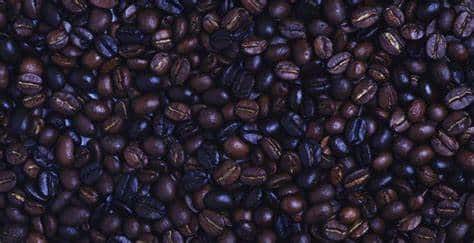
There are a few myths surrounding the use of coffee grounds in composting and gardening. One common myth is that coffee grounds significantly acidify the soil. While it’s true that coffee grounds are slightly acidic, the acid largely gets neutralized during the brewing process, so the impact on soil pH is minimal.
Another myth is that you can use coffee grounds as a standalone compost material. This is a misconception. As established above, successful composting requires a balanced mix of green and brown materials. While coffee grounds are an excellent green material, they should be used as part of a more extensive composting mix, not alone.
You’re Ready To Start Composting With Coffee Grounds!
Composting with coffee grounds is a sustainable and efficient way to boost your garden’s health while recycling waste. From understanding the basics of composting and the benefits of coffee grounds to learning how to balance your compost pile and troubleshoot common issues, this guide should provide you with all the knowledge necessary to compost successfully with coffee grounds. Remember, the key to successful composting is balance and patience. Now, it’s time to brew a cup of coffee, enjoy it, and give those coffee grounds a second life in your compost pile!


